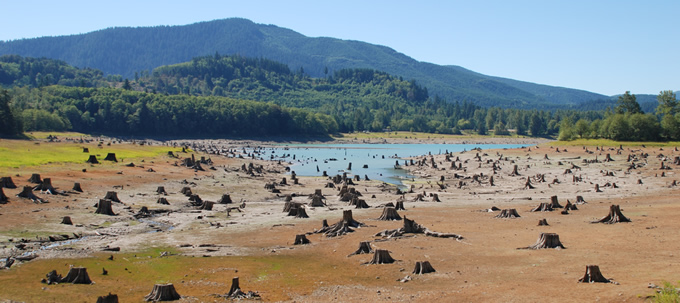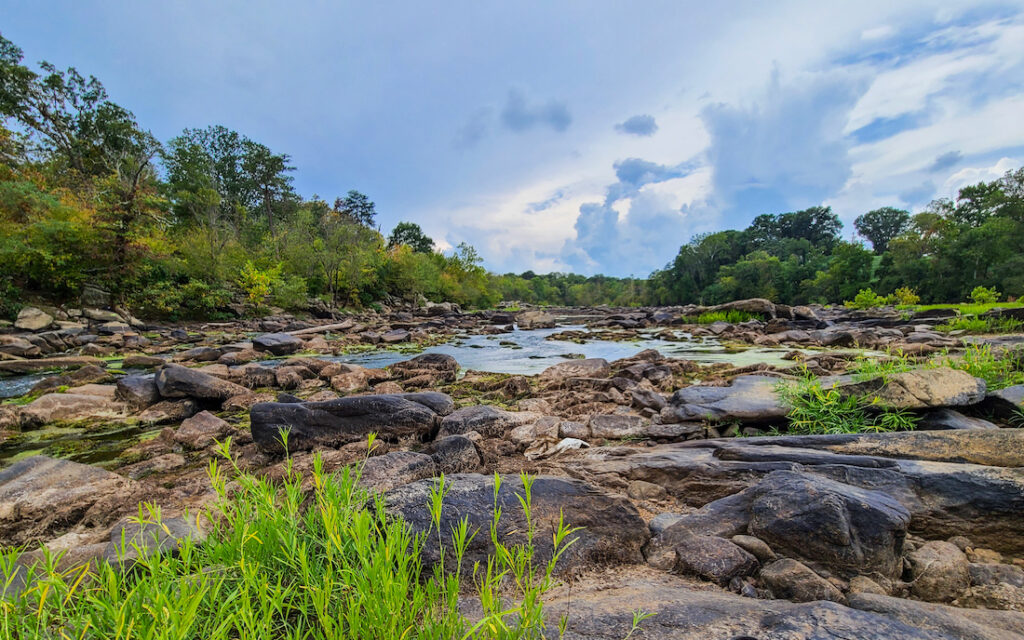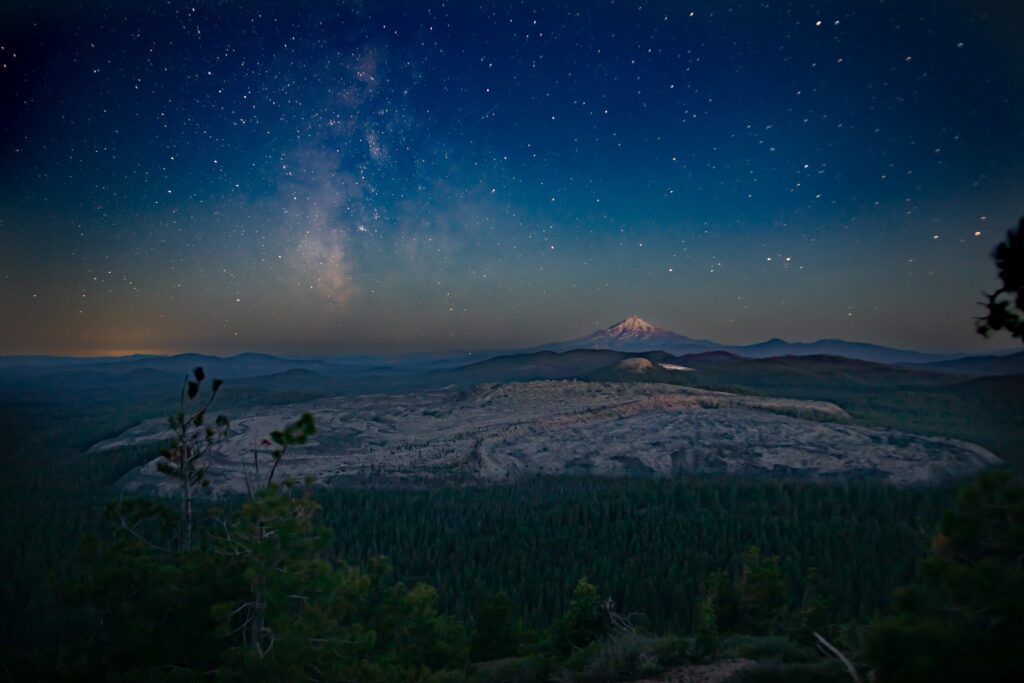The Fight to Save Hydropower Environmental Reviews
We’re not going to let President Trump achieve his vision of a bunch of new dams built on your rivers. Not without a fight.

Last month, at an event described as a “White House CEO Town Hall,” President Donald Trump told an astonished public that he wants to trim the permitting process for new dams down to four months.
That’s less than half the time that a sixteen year old needs to have a Learners’ Permit before applying for a Maryland Driver’s License. That’s shorter than professional football’s regular season. It’s the length of a kindergarten year, if your child attends a half-day program not a full day program.
Luckily, the President’s advisors appear to have talked him down from this position, and he’s settled on a one-year permitting process for building new dams.
That’s one year to collect and analyze data about the seasonal flows of the river. One year to look at the migration patterns of fish and birds, and other wildlife that depend on the river. One year to study and analyze the sediment that will inevitably collect behind the dam, threatening water quality. One year to make sure the dam is designed safely to ensure that people downstream don’t have to live with the threat of a leaking time bomb. One year to consult with states to make sure that state water law and water rights are respected. One year to consult with Native American tribes to make sure that their lands and resources are protected. One year to make sure the dam will have no negative impacts on lands or structures owned by the taxpayers. And one year to write up all these analyses, ensure the dam builder complies with the terms necessary to protect the public interest, and then issue the permit.
Maybe it made sense to a room full of CEOs, but you and I know that this idea doesn’t make sense.
Rivers have different flows at different times of year. You measure them for the whole year, and then you measure a couple of other years so you have an adequate sample size. It can take a year or more just to untangle water rights. Studying sediment isn’t easy, and it is time consuming. And before we allow a big corporation to flood a Native American reservation, we ought to give the tribe an opportunity to have their voice heard, and to collect the data they need to make their case.
In December 2015, the U.S. House passed legislation that was endorsed by the National Hydropower Association, which is made up of big companies like Exelon, Duke Energy, and Southern Company. The bill (H.R. 8) would allow the Federal Energy Regulatory Commission (FERC) to override states, tribes, and federal natural resource agencies if FERC thinks they’re taking too long.
The reason that legislation didn’t become law? River advocates fought like hell. So did states and tribes. We pounded the Hill, telling Senators that this was a bad idea. We told the White House that President Obama should veto this if it ever gets to his desk, because if he didn’t, he could be condemning the country to dried-up rivers and dead fish.
President Obama heard our voices and threatened to veto this legislation. The Senate refused to take it up. President Obama has moved on. But American Rivers is still here.
We know that the hydropower industry will do what they can to win this. But so will we.
We’re not going to let President Trump achieve his vision of a bunch of new dams built on your rivers. Not without a fight anyway.



